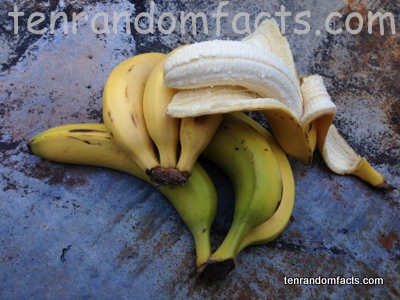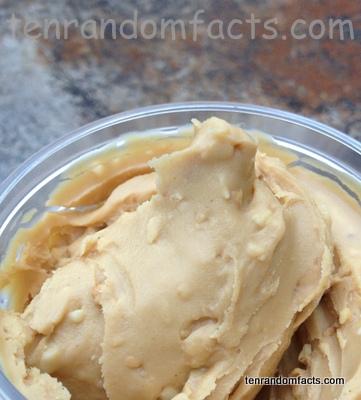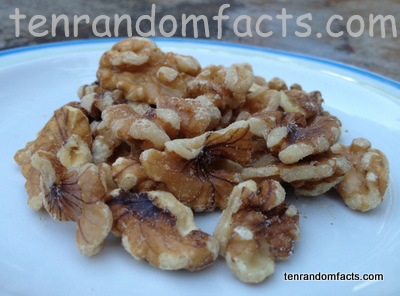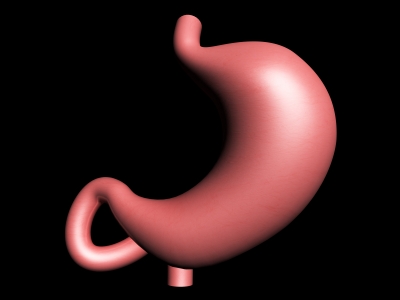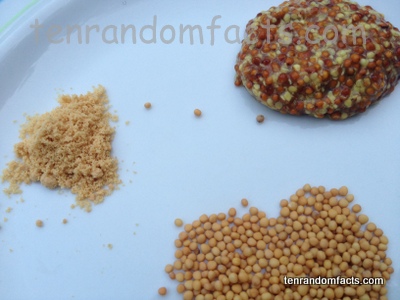
Pass the mustard, please!
- Mustard is a type of spice and can be in the form of a paste, a sauce, a seed and a ground spice and is often added as a flavouring addition to poultry, wholemeal breads, meats, salads or other mixtures such as dressings.
- Mustard comes from the seeds of native European and Asian mustard plant’s from the Brassicaceae family, the family of mustards.
- Mustard seeds can be coloured from white to yellow to black, and this gives mustard condiments their colour and also their heat, with white seeds being the mildest, and brown and black seeds being the hottest.
- Mustard paste is made by grinding or cracking the seeds, adding a liquid and sometimes flavours.
- Romans made a type of mustard by grinding the seeds and then adding grape juice or other liquids, and a recipe using the spice has been found in a Roman cookbook dating back to 300-400 AD .

- Mustard is very high in selenium, and significantly high in fibre, omega 3 and manganese, phosphorous, iron, calcium and magnesium and is good for the digestive system, although some people are allergic to mustard.
- Romans probably brought mustard to Gaul in the 900s, which then became popular in Europe, and by the 1200s, Paris was making the mustard paste.
- ‘Mustard’ is from the words ‘mostarde’ and ‘mustarde’, from Old-French and Anglo-Norman respectively, which is a combination of the Latin words ‘mustum ardens‘ which means ‘burning’ or ‘hot’ ‘must’ (as in wine grape juice).
- The type of mustard sauce used on hot dogs is called ‘yellow’ or ‘American’, due to its vivid yellow colour and popularity in America, and it sometimes has honey added.
- Mustard was originally used for medicinal purposes, which included the treatment of tooth aches and scorpion stings.
Bibliography:
Mustard (Condiment), 2013, Wikipedia, <http://en.wikipedia.org/wiki/Mustard_(condiment)>
Mustard Seeds, 2013, The World’s Healthiest Foods, <http://www.whfoods.com/genpage.php?tname=foodspice&dbid=106>




